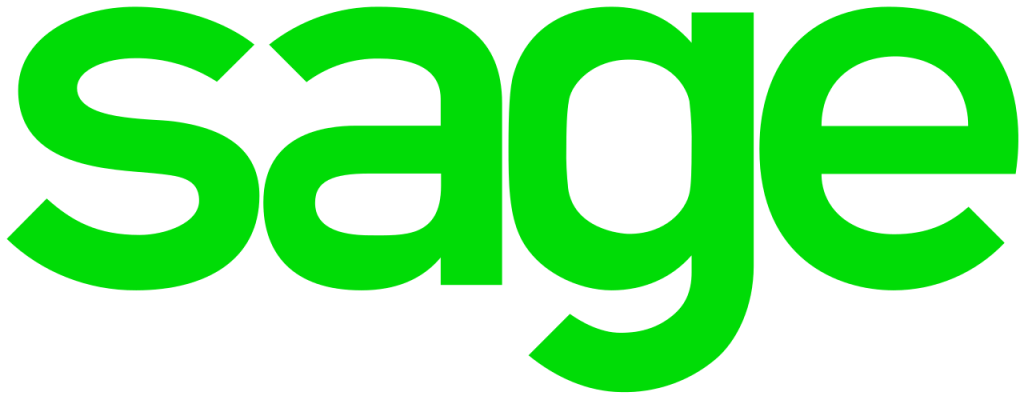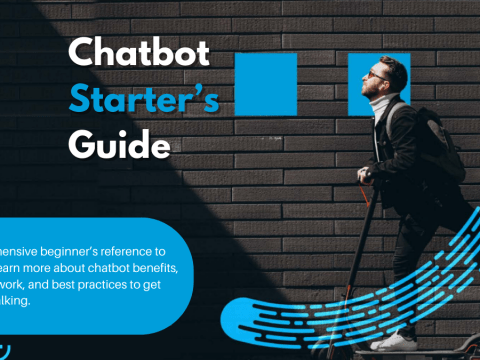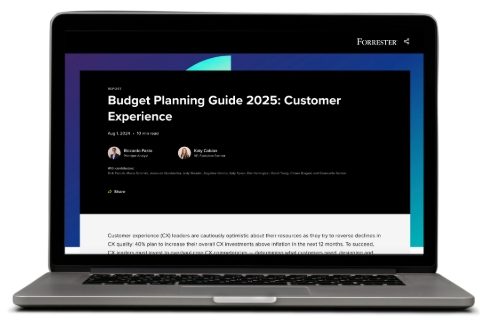
Unlock Greater Profitability in Your Projects with These Proven Strategies
In the fast-paced services industry, staying ahead of the curve means understanding your project profitability at every level. From short-term campaigns to long-term implementations, each project presents unique challenges. The key to long-term growth and success? Optimizing project profitability.
Learn how CFOs can drive project success by focusing on the right metrics, improving data analysis, and using the right tools.
Why Project Profitability Matters More Than Ever
For professional services firms, project profitability is one of the most critical indicators of long-term growth. It’s not just about tracking financials—it’s about making sure that every project, whether it’s a technology implementation, marketing event, or research study, drives measurable profits. Managing profitability effectively across various projects and project types can set you apart in a competitive market
Five Ways CFOs Can Increase Project Profitability
1. Track the Right Metrics
With so much data available, it can be tempting to dive into a sea of reports. However, focusing on key performance indicators (KPIs) is essential for understanding project profitability. The top metrics to track include:
- Billable Utilization
- Project Overruns
- Project Margins
- Annual Revenue per Billable Consultant
- Annual Revenue per Employee
By honing in on the most important KPIs, you can make informed decisions to increase profitability across the board.
2. Carve Out Time for Analysis
Gathering data is important, but understanding and analyzing that data is what truly drives profitability. According to a PWC survey, high-performing finance organizations spend 20% more time on analysis than data gathering. Cloud-based accounting software like Sage Intacct automates finance and accounting processes, allowing you to shift your focus from data entry to in-depth analysis and smarter decision-making.
3. Utilize Cloud-Based Tools
Automated financial processes eliminate manual data entry and reduce errors. Cloud-based software solutions seamlessly integrate with third-party tools, giving you the time and space to analyze and strategize. Goodway Group, a rapidly growing digital marketing agency, implemented Sage Intacct to automate financial reporting, providing executives with real-time insights into campaign, client, and segment-level profitability.
4. Gain Real-Time Insights
Access to real-time financial insights can make a world of difference. With modern financial management tools, your team can track the profitability of individual projects as they happen. This enables you to make quick adjustments and improve outcomes while projects are still in progress.
5. Integrate Across Teams and Data Sources
To maximize project profitability, collaboration between teams is key. Integrating financial data across sales, service, marketing, and operations allows you to streamline communication and spot opportunities for growth and cost-saving. By using tools that unify data from various departments, you empower your organization to make faster, smarter decisions.
Project Profitability in Action: Goodway Group’s Success Story
Goodway Group, a fast-growing digital marketing agency, faced challenges with outdated software that couldn’t keep up with the company’s expansion. After switching to Sage Intacct, the finance team was able to move from historical reporting to real-time profitability analysis across clients, segments, and projects.
With Sage Intacct:
- The team saved 40+ hours/month on financial allocations.
- Visibility into segment-level profitability allowed for more informed growth decisions.
This article is posted at sage.com

Please fill out the form to access the content






